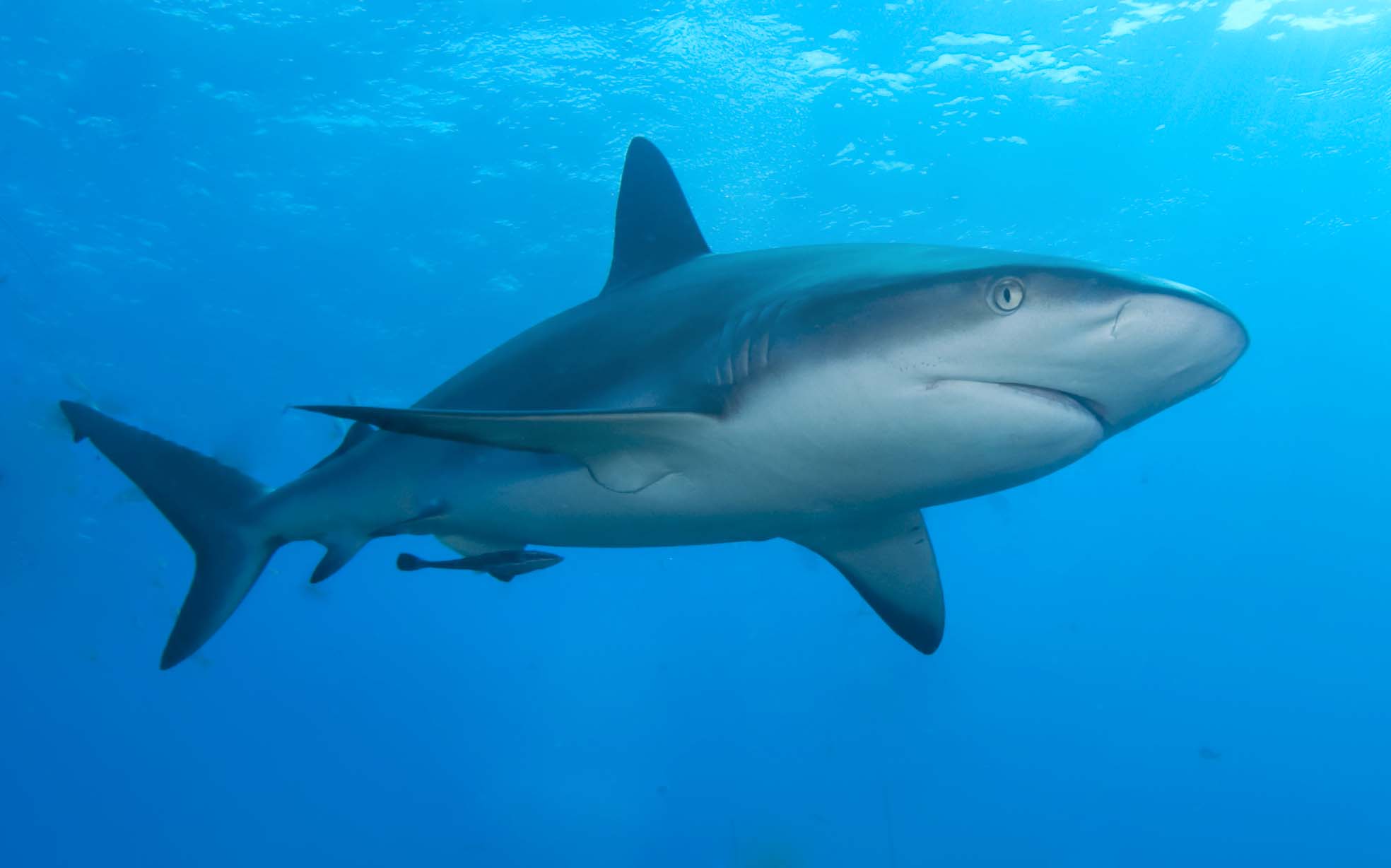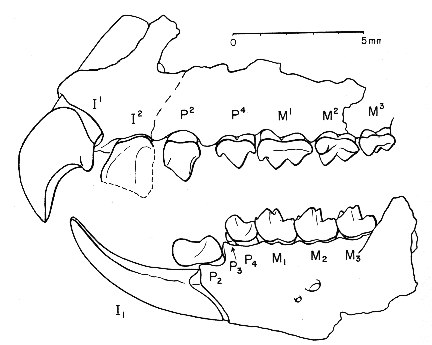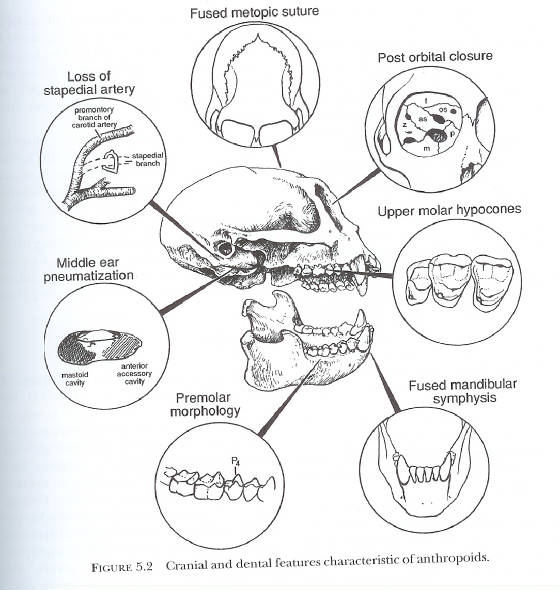- I found this experiment difficult. I found myself trying to say verbally what I wanted to say and I kept stopping. I could not get a pen and paper to explain to my partner what I was trying to tell them either. I felt so limited to my communication skills. It was just hard for me. My partner kept looking at me trying to figure out what I was trying to say and that made it harder for me because the confusion on her face. She kept asking "what", "I don't understand what you're trying to say", and "huh". She would repeat after me and I kept trying to tell her no and then explain what I was trying to say. If me and my partner were communicating for the first time from different cultures, I think she would have the upper hand just because she was able to talk and use her hands and write. Me on the other hand, I would be stuck and confused. I feel like the advantaged culture might have a curious attitude, like what is this creature trying to tell me, why can't they talk like me. Individuals in our culture that have difficulty speaking are the deaf. There is ways they can interact, like hand signals and lip-reading. I think it would only affect them if it just happened to them and they have to learn how to interact with people who can speak. If there was a baby born with it, then it is the parents jobs to teach them how to socially interact so they don't feel left out. I think it can have affects on the people who can interact by speaking just because it might frustrate them, they are trying to interact with someone who cannot interact like them. Others can be a lot more understanding and try to interact with them with hand signals or pen and paper.
- This part of the experiment was extremely hard for me, in a funny way though. I use my hands a lot when I talk. It is sort of a habit, even when I am trying to say something simple, I use my hands. I was not able to last the full fifteen minutes. I honestly lasted less than five minutes. Trying to tell my partner a story that happened at the movies with me and my boyfriend was really hard, I caught myself doing facial expressions like surprised for one. So I would stop and laugh, I was kind of getting mad because I really wanted to test myself to see if I really can't speak with hand signals or facial expressions. Those are like my main communication skill when I tell a story. My partner was my best friend and she knows me so well, she even uses hand signals and facial expressions, so she kept looking at me like "why are not showing any emotions". She asked me at the end "and you weren't scared" I had told her yeah but I can't show it because of the experiment so she tried telling me something without doing facial expressions and she agreed with me, it was hard.This experiment really showed me that I cannot talk effectively without hand signals or facial expressions. I think these skills that are part of communication can effect a conversation. The other person might not have a full understanding of what you are trying to tell them so it makes it harder. Understanding someone in a conversation is a part of good communication skills and these skills are necessary for the long run in life such as your career or school. The people I think that can have extreme difficulty reading body language is the blind. They cannot see so they won't be able to see your hand gestures or facial expressions or reactions when they hear something, unless they make a noise. The ability to read body language is greatly beneficial. We have the ability to see people's reactions and through these reactions we can see their emotions towards the subject. If someone is not able to speak, we can see it in their body language what they are trying to say, for example, if someone were to have a stroke, we can see in their face that they are hurt or incapable of verbally letting us know they are in pain and cannot move. The only place I can think of that body language might not be benficial is school or a classroom. We tend to judge people based on how they look so what if we walk in and see someone who seems like an outsider, does not talk to anybody, keeps to themselves, and does not speak when called upon. When they sit in class, they sit quietly, and they look kind of mad or in their own little world. They give off the vibe where no one wants to approach them or even try to engage in a converstion with them. Them giving us that body language, throws us off.
Tuesday, July 29, 2014
Language
Tuesday, July 15, 2014
Piltdown Hoax
- In 1908 and 1912 ape, human, and other fossils of mammals were found at an archaeological site named Piltdown in England. An ape's jaw with a worn down canine similar to a human's was found in 1913 at a nearby site. Many believed that the "Piltdown Man" was the earliest Englishman, Sir Arthur Smith and Charles Dawson, whom were the ones who introduced piltdown everyone. This was believed to be the "missing link" between humans and apes. Martin Hinton and Sir Arthur Conan Doyle are other scientists who were also involved in the Piltdown Hoax. Kenneth Oakley applied the chemical test to help authenticate and date fossils, which revealed that the Piltdown Man was much younger than they had thought. The jawbone was found to be that of a modern ape-orangutan , that had been chemically treated to make it look as though the ape-orangutan was lying there for centuries. The Piltdown had been forged and the scientific world was upset because of it.
- Scientist laughed at Conan Doyle's beliefs and one thing that comes out of that is revenge. Conan may have seeked revenge by joining in on the hoax to make himself feel better about being laughed at by the other scientists. One fault that has a possible role in this is revenge and self-pride.
- Paleontologist Kenneth Oakley's chemical test that is used to authenticate and date fossils is a positive aspect for finding that the skull had been fake.In 1949 the History Museum hired Oakley whom had no relevance to the piltdown findings to test the jaw and skull. Flourine testing was a new chemical analysis made by Oakley in which the fossils absorb the flourine from water and soil, that way fossils that have been in soil a certain amount of time should have the same amount of flourine. The results were that the fossils found had the same amount of flourine, but they were found to be much younger than what the scientists originally thought. Oxford professor of physical anthropology Joseph Weiner and Oakley had revised a new chemical testing and found out that the teeth and the jaw did not match the age of the skull and they were not even fossils, they were just bones. The bones were stained with chemicals and paint that had been painted on them to make them look similar to each other.
- I do not think the "human" factor can be removed in science to prevent errors like the piltdown hoax from happening in the future.Human factors such as curiosity and the ability to show the world their findings are what make scientists a scientist, well a good scientist. I think anybody that is in a profession such as science is human first, no matter what. It's just built in you, I guess you can say. For a scientist to be so caught up in their own feelings ruins the whole purpose of science and the purpose of having scientists around..
- I learned from this that even though they might have a "Dr." in front of their last name, you really cannot believe anything that is being presented to this world. there are so many things that are being thrown around on the internet, in the news, in social media, and just because it is out there for the world to see it, people automatically think it's true. Well at least the naive people. I mean the only way that someone can actually believe it is if they themselves know how to prove it. As for now we just have to believe the people who can be trusted. This was years ago, now we have all kinds of technology to prove things. The day I see cancer being cured, is the day I will believe anything that is brought to my attention.
Wednesday, July 9, 2014
Comparative Primate : Dentition Patterns
Lemurs (Prosimians/Strepsirhini):
Spider Monkey (New World Monkey/Platyrrhini):
Spider monkeys live in Central and South America. Like Lemurs, Spider monkeys eat fruits, nuts, seeds, and leaves. Spider monkeys also tend not to chew on their food, they just swallow. Their dentition pattern is two incisors, one canine, three premolars and three molars. Their dentition is smaller than the Old World Monkeys.
Baboon (Old World Monkey/Cercopithecidae):
Baboons are found throughout the sub-Saharan Africa. The baboobs species are very adaptive, they can live in trees or on land. Baboons will eat depending on where they live. In they are in trees, they will eat nuts, fruits, seeds, and leaves. If they are on land they occasionally kill and eat small mammals. A baboon's dentition pattern consist of two incisors, one canine, two premolars, and three molars. Gibbon (Lesser Ape/Cercopithecidae): Gibbons are found in islands, Southeast Asia, and China. They are usually found in tropical rainforests. These species are the smallest in their ape species. Since Gibbons are in trees, they eat stuff from the tree, such as fruits, nuts, seeds, leaves, flowers, and insects. A gibbon's dentition pattern is two incisors, one canine, two premolars, and three molars.
Chimpanzee (Great Ape/Hominidae):
These five primates have very similar dentition patterns; incisors, canines, premolars, molars. The dentition pattern is generally three incisors, one canine, four premolars, and three molars; primates have fewer teeth because of overall evolutionary trend. These primates relatively have similar diet habits. Mostly fruits, nuts, seeds, and leaves. The lack of size and shape in their teeth are related to the lack of dietary. Carnivores are animals who have high premolars and molars because of what they eat (meat), and herbivores have broad and flat surfaced premolars for chewing plants. But most primates have premolars and molars with low and rounded molar morphology and this allows the primates to chew most of their food. Their dentition pattern is becuase of their evolutionary history, their teeth have adapted to what they eat. Their incisors and canines are for biting and cutting and their premolars and molars are for chewing and grinding.
Lemurs are arboreal primates, meaning they are usually found living in trees. Lemurs are found only in the island of Madagascar and near islands off the coasts of Africa. Lemurs can also adapt to any environment and also live in any environment. Lemurs are anatomically similar to their ancestors as in humans, monkeys, apes, and tarsiers. Primates that share a group of characteristics is because th adaptation to arboreal living. Arboreal living primates usually went on the ground to look for food, but the food that Lemurs eat which is leaves, seeds, and fruits were in the tree itself.Lemurs dentition is heterodent with a pattern of two incisors, one canine, three premolars and three molars. Lemurs commonly use their teeth for feeding and grooming purposes.
Baboon (Old World Monkey/Cercopithecidae):
Baboons are found throughout the sub-Saharan Africa. The baboobs species are very adaptive, they can live in trees or on land. Baboons will eat depending on where they live. In they are in trees, they will eat nuts, fruits, seeds, and leaves. If they are on land they occasionally kill and eat small mammals. A baboon's dentition pattern consist of two incisors, one canine, two premolars, and three molars. Gibbon (Lesser Ape/Cercopithecidae): Gibbons are found in islands, Southeast Asia, and China. They are usually found in tropical rainforests. These species are the smallest in their ape species. Since Gibbons are in trees, they eat stuff from the tree, such as fruits, nuts, seeds, leaves, flowers, and insects. A gibbon's dentition pattern is two incisors, one canine, two premolars, and three molars.
Chimpanzee (Great Ape/Hominidae):
Chimpanzees are found across Central Africa in rainforests. Chimpanzees can spend their entire life in trees, they have their food in the trees they live in. Just like other primates living in trees, chimpanzees eat fruit, leaves, and small insects. Chimpanzees have a dentition pattern of two incisors, one canine, three premolars, and three molars.
Summary:
These five primates have very similar dentition patterns; incisors, canines, premolars, molars. The dentition pattern is generally three incisors, one canine, four premolars, and three molars; primates have fewer teeth because of overall evolutionary trend. These primates relatively have similar diet habits. Mostly fruits, nuts, seeds, and leaves. The lack of size and shape in their teeth are related to the lack of dietary. Carnivores are animals who have high premolars and molars because of what they eat (meat), and herbivores have broad and flat surfaced premolars for chewing plants. But most primates have premolars and molars with low and rounded molar morphology and this allows the primates to chew most of their food. Their dentition pattern is becuase of their evolutionary history, their teeth have adapted to what they eat. Their incisors and canines are for biting and cutting and their premolars and molars are for chewing and grinding.
Wednesday, July 2, 2014
Homology & Analogy
Monkey
& Human Beings
· The two different species that share the same homologous trait is human beings and monkeys.
· The homologous trait is the tailbone. It is similar to a human’s tailbone because of the last vestige of what was a tail. This is why it is also known as “vestigial tailbone.” For monkeys their tailbone is obviously long to hang on trees and jump from one tree to another. A monkey’s tail is also for balance. The vestigial tailbone in the human body has no use to it, but it is an attachment to the spinal cord and various muscles.
· The common ancestor of these two species was a primate. Just because of the human tail bone has no function to it anymore and the monkey still does.
Sharks
& Dolphins

· Two species that are analogous are sharks and dolphins. They share similarities such as side fins, a dorsal fin, and a torpedo-shaped body.
· The similarities in structures are their dorsal fins, side fins, and torpedo-shaped body to move swiftly and gently through water. Dolphins are known as “warm-blooded” and sharks are known as “cold-blooded.”
· The common ancestor did not possess this analogous trait because dolphins descended from land mammals. Dolphins evolved dorsal fins, flippers, and a torpedo-shaped body as natural selection given that they are mammals in the sea.
Subscribe to:
Comments (Atom)





